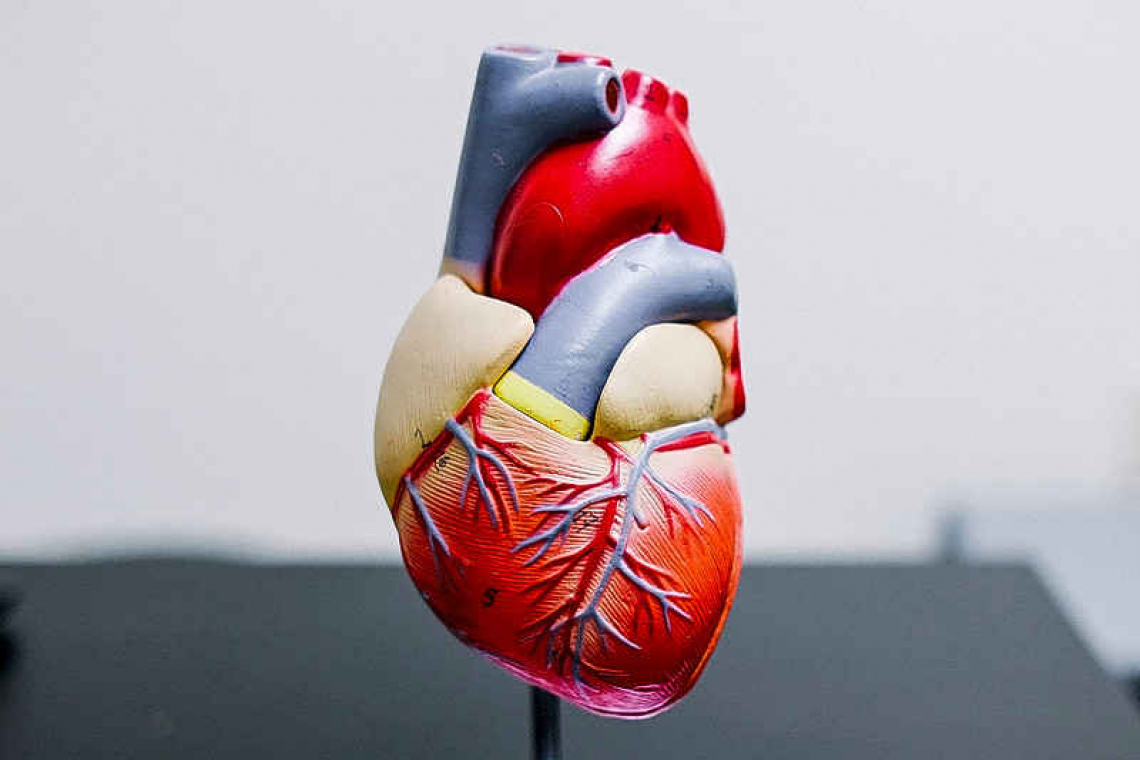By Colin Michie
No sprouted wheat and soya shoot
And brussels in a cake,
Carrot straw and spinach raw
(Today, I need a steak).
- Maya Angelou ‘The Health-Food Diner’
But how risky is that steak; or a rich, spicy barbecued rib? Should we avoid meats with their tasty fats in favour of greens to protect blood vessels in our hearts, brains and kidneys?
Cholesterol hiding in our foods may haunt butchers, grocers and restaurants. It is measured out on food labels and advertisements. It has driven novel food technologies. Public health warnings have reduced cholesterol consumption over the last 50 years, with significant reductions in heart attacks and strokes in many countries. This is not true in the United States, however. Coronary heart disease has remained the most common killer there for over 15 years because of the persistence of diets high in fat, salt and sugar, along with high rates of smoking and obesity. Greater dietary cholesterol has been clearly linked to an increased risk of coronary heart disease.
Beacons of heart disease science in the USA continue to deliver crucial information relating to heart disease and cholesterol. The great size and collaborations in these studies mean their findings are helpful to all of us. The Framingham study started in 1948. It is now engaged with studying the third generation of residents there. The benefits of diet and physical activity in preventing heart disease, as well as the harms of smoking, were demonstrated in their records. Framingham established the value of measuring and treating any early rises in blood pressure.
The American Multi-Ethnic Study of Atherosclerosis (MESA) worked on early heart disease in many communities. This established that ethnicity is not a risk factor among Americans for heart disease, once adjustments were made for income, medical care and other diseases. These large studies make it possible to estimate our individual chances of suffering problems with the circulations to our hearts and brains.
To a biologist, cholesterol is a biochemical genie, a building block. We all make and recycle cholesterol, a crucial lipid molecule for the cells of all animals and fungi. Our cells are mostly like tiny balloons of fluid held inside a fatty membrane. Cholesterol in that membrane allows cells to be dynamic, flexible and not too “squishy”. At the microscopic level, many molecular pumps, signalling systems and channels into that membrane are scattered around the cell surface. Some use cholesterol as a support for their functions. Over a quarter of a human cell membrane is cholesterol.
Sex steroids such as oestrogen or testosterone, those hormones that control your fluid balance, the cortisol from your adrenal glands are made from cholesterol. The process of generating vitamin D in your skin in response to ultraviolet light requires the same biochemistry. Small amounts of cholesterol keep hair and skin healthy. Recycled cholesterol in bile is an aid to digestion, protecting the bowel and supporting healthy gut microbes. Cholesterol and its hormones enable us to grow, develop, control our blood pressures and our immune systems.
How can we check if our cholesterol levels are a risk to our health? A blood measurement is required as we cannot “feel” a high cholesterol level. Useful checks should also include those molecules that package and transport cholesterol through the bloodstream. Low density lipoprotein or LDL is best kept low, as it carries excess cholesterol into atherosclerotic narrowings in blood vessel walls. By contrast, high density lipoprotein or HDL carries cholesterol to the liver for removal in the bile.
So it is more healthy to have high HDL and low levels of cholesterol and LDL. Safety and prevention are no accident. High cholesterol and LDL levels over years can cause yellowish deposits or xanthomas in the skin, sometimes around the eye, or over tendons. This may be an inherited condition. Doctors identifying high cholesterol levels are likely to prescribe statin medications to reduce blood vessel damage if your cholesterol is high. At present, over 30 million Americans are taking statins: raised blood cholesterol is a common disorder.
Is Maya Angelou’s plea for a steak a bad idea?! Diets high in saturated fats, or cholesterol, are not optimal. Surely the health question, though, is one of balance: how much is too much? Lean steak, flank or filet mignon, will have a lower fat content. A single steak meal as a treat is unlikely to increase your cholesterol or your LDL.
Selfless St. Maarteners are, however, usually concerned about that health greater than their own – that of their island and planet. Beef production has many negative environmental impacts. Its farming requires large amounts of land and water; its carbon footprint is huge. So snapper or dorade are island choices that are likely to be healthier and sustainable.
Further information:
https://www.nhlbi.nih.gov/health/blood-cholesterol
https://www.pnas.org/doi/full/10.1073/pnas.2120584119
https://www.bhf.org.uk/informationsupport/conditions/familial-hypercholesterolaemia







